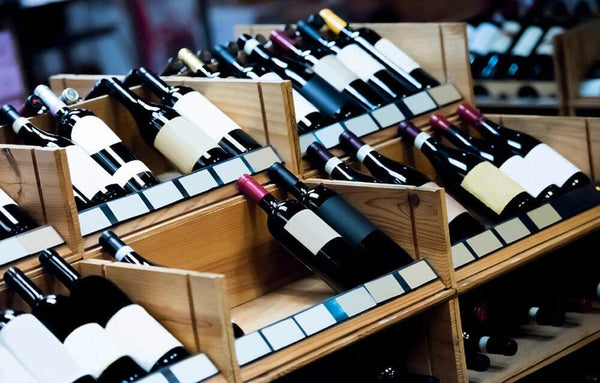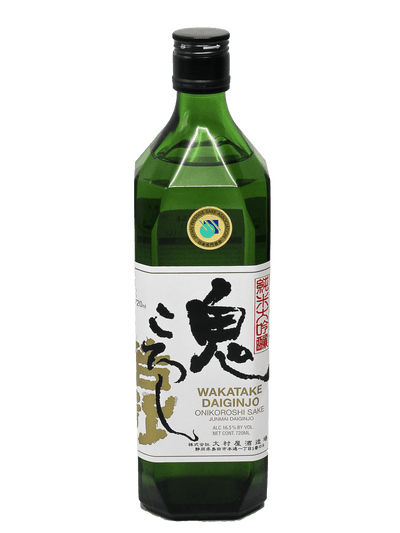Seven Tips for Storing Wine at Home

Wine bottles have been protecting and assuring the quality of their contents for centuries. Time has proven their excellent overall ability to keep wine fresh and, in some cases, allow long ageing. The bottles themselves are these days usually designed to help preserve wine after you order wine delivery. Once you open that wine bottle, however, everything changes. So too may the form and composition of wine containers.
Today, in efforts to reduce CO2 emissions, some wineries have begun experimenting with alternatives. Glass is heavy and when transported can result in high environmental impact and costs. The California Wine Institute informs that wine bottle account for about 29% of a winemaker’s carbon footprint.
Others have to stick with glass, but they want it lighter when customers order wine delivery USA. The Champagne Committee, for example, sparked an initiative to reduce the weight of those heavy sparkling wine bottles over a decade ago. The standard Champagne bottle weighed 1,250 grams at the beginning of the 20th century; in 2010, the Comité Interprofessional des Vins de Champagne advised a standard light weight of 835 grams, reducing that from 900 grams. Although a 65 gram reduction seems miniscule, it can result in a reduction of 8,000 tons of CO2 emissions, the equivalent of removing 3,000 cars from the road. In another recent case, Champagne Ruinart changed its gift boxes. To be nine times lighter than the previous generation (just 40 grams as opposed to 360 grams). “The carbon footprint has been reduced by 60%, and 100% of the paper comes from sustainably managed European forests . . . 91% of the water used is clean enough to be released back into nature after filtering,” says the Champagne producer.
So, bottles are changing and an increasing number of wineries worldwide are considering alternatives to heavy glass, all with any eye to preserving wine quality.
The Enemies of Wine in Bottle
The enemies of wine include heat, light, movement, and cork destruction or shrinkage (if natural cork is used as a stopper). Contact with oxygen, too, enters the picture, either once a bottle is open or if a damaged or substandard cork is allowing entry of air. Dark brown or green glass bottles are designed to help prevent light (including both sunlight and electric lights) from damaging wine. Clear bottles are generally used for wines that will be drunk immediately or for oxidized wine styles like Tawny Port. You can check out our blog on shipping wine in extreme weather and know more about how we ship your wine to your doorstep.
Air contact causes oxidation, which changes wine flavors, aromas, and colors. Light, too, breaks down the components of wine. Movement can damage wine or temporarily affect its organoleptic properties. Especially for more expensive red wines that are recently arrived in the wine store or your home after a longer journey, this is an issue. Heat affects not only a wine’s flavor and aromas when you drink it but can also cause chemical reactions in the wine resulting in off flavors. Generally, you want to store your wine in the perfect conditions intended by the winemaker, so that his or her efforts can be fully appreciated.
How Should You Store Wine Once it’s at Home?
- Store wine on its side after you buy wine online, especially wine with cork stoppers. This keeps the cork moist, preventing shrinking. If the wine may contain sediments, like some high-end Ports and unfiltered red wines, put the bottle upright a few hours to a couple of days before opening to allow any sediment to settle to the bottom.
- Keep your wines in a dark place. It’s not only direct sunlight that can damage wine, though this is the worst.
- Ideally find a cool place to store wine. This should be 68 degrees F or less, and ideally around 55 degrees. In the refrigerator is not bad for wine, although you will have to allow reds (and maybe others) to warm up before serving and obviously space may be an issue.
- Don’t move your more expensive wines around a lot; they should be in one cool, dark place. If you’re starting a wine collection, it’s actually not so expensive to convert a closet, pantry, or other room into a wine cellar. Install a wall or window air conditioner; change to an insulated door, and keep the lights off and any window completely shaded. A basement can work, just ensure the humidity is not too high or your wine labels will decay!
- Once you have opened a bottle, always re-cork or -cap it before storage. You can also invest in inexpensive to expensive wine storage systems that remove the air from the bottle, even by vacuuming out the air or inserting an inert, harmless gas.
- Keep it upright, which diminishes the surface area of air contact.
- Keep it cool; the refrigerator is great, even for red wines, though these could be stored back in that cool, dark place as well.
Obviously, from the above, don’t store your wine in the kitchen near heat sources like a stove or oven after receiving the product of the best wine store California. Wineries invest a lot in wine bottles and packaging, and some are working hard to keep wine fresh while lessening environmental impact. With just a few easy procedures, you can ensure that their efforts re continued at home for the best tasting wine possible!
Did you like learning about wine storage? Read our other wine articles!


















Leave a comment